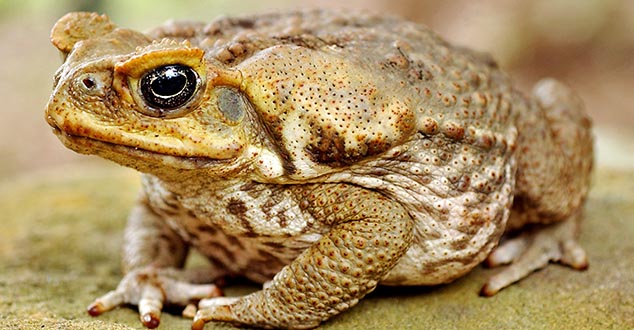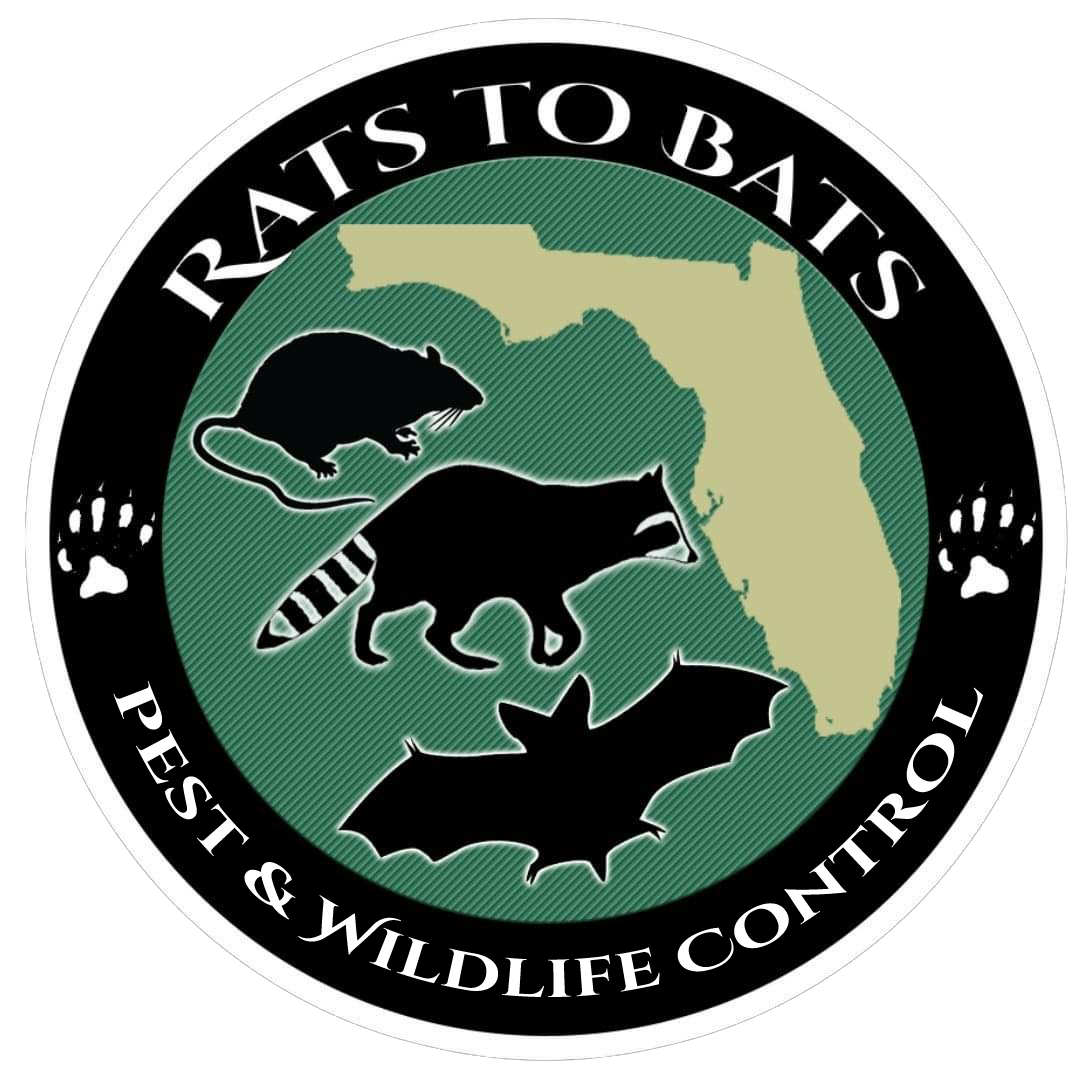Rats to Bats Cane Toad Removal
Call for a Free Quote
(772) 631-8547
About this service
HOW DO I GET RID OF CANE TOADS
Cane Toads are a very common pest in Florida. Cane Toads emit very toxic and poisonous chemicals that can be harmful and fatal to household pets if they are ingested. If cane toads are found on your property, a toad removal and toad control professional should be contacted to safely rid the area of these toads. By all means, people should completely avoid any kind of physical contact with toads. Cane Toads are native to Central and South America, but have been brought all over the continent as a means of controlling pests in sugar cane fields, hence their name. Unfortunately, the effect the cane toads had on the pests was minimal, and the cane toads became major pests themselves. Cane toads can populate to be about 2,000 toads per acre when they invade. The main reason cane toads have been so successful has been their resilience and ability to survive. They can live comfortably in a wide range of environmental and social conditions. They breed extremely quickly and multiply just as fast. Cane toads are found in all manner of habitat, from swamps, to coasts, beaches, suburban, and urban areas. Cane toads also are able to eat a vast array of foods, including plants, pet food, dead animals, household or business garbage, insects, and more. They can set up a colony almost anywhere, including home property and yards. This presents a dangerous scenario, because Cane toads secrete an extremely poisonous toxin when they are threatened. This poison is deadly for small animals and household pets such as dogs or cats. This poison can also be harmful to children who attempt to handle the Cane Toad. This toxin is known as bufotoxin, and is secreted from glands behind their eyes, and along their backs. Cane toads are always poisonous, even in the tadpole stage, which means they can affect all manner of wildlife. Pet dogs and cats have also been known to eat or bite Cane Toads. In some cases this has led to death when the pet has not received proper medical care. After eating the frog, signs of poison in cats and dogs include heavy amounts of foam saliva, vomiting, shallow breathing, and fainting. Death, from heart attack, can occur within 15 minutes. For household pets it is best to wash their face, including eyes and mouth, with water, and then immediately taking them to the veterinarian. In humans the poison may cause intense pain, temporary blindness and inflammation. How to identify a Cane Toad? Adult cane toads can get quite large, between 3-5 inches in length. They have been known to grow up to 10 inches in length in some cases. Their skin is tough, rough, covered in warts, and can be colored a variety of color from yellow to brown, and green. Cane toad heads are bony and they have a pointed snout. They have very distinctive drums behind their ears as well. The glad that produces the poison is located on their shoulders. These are called the parotoid glands. They usually move in short, quick hopping motions, unlike other types of toad or frog that leap. If toads are spotted in the home or on the property, Rats to Bats Wildlife Removal should be called to identify the creature. Do not approach or handle wild toads, as the danger of getting poisoned by their toxins is very real. For more information call us at 772-631-8547

Contact Us Anytime
From wildlife removal to pest control or just home prevention Rats to Bats has you covered.
Call for a Free Quote
(772) 631-8547
